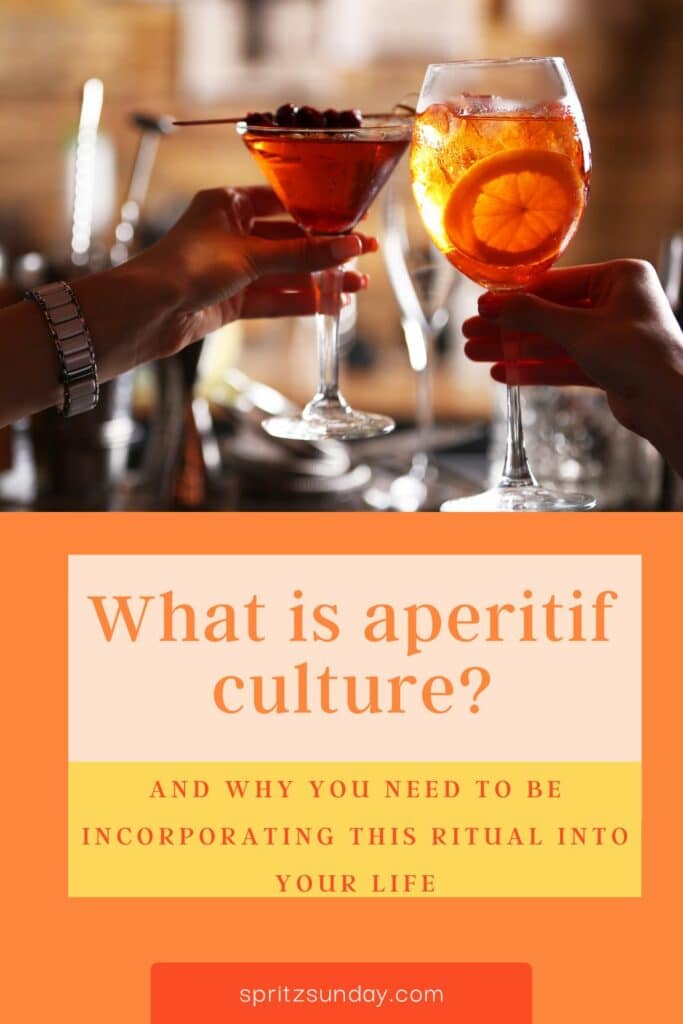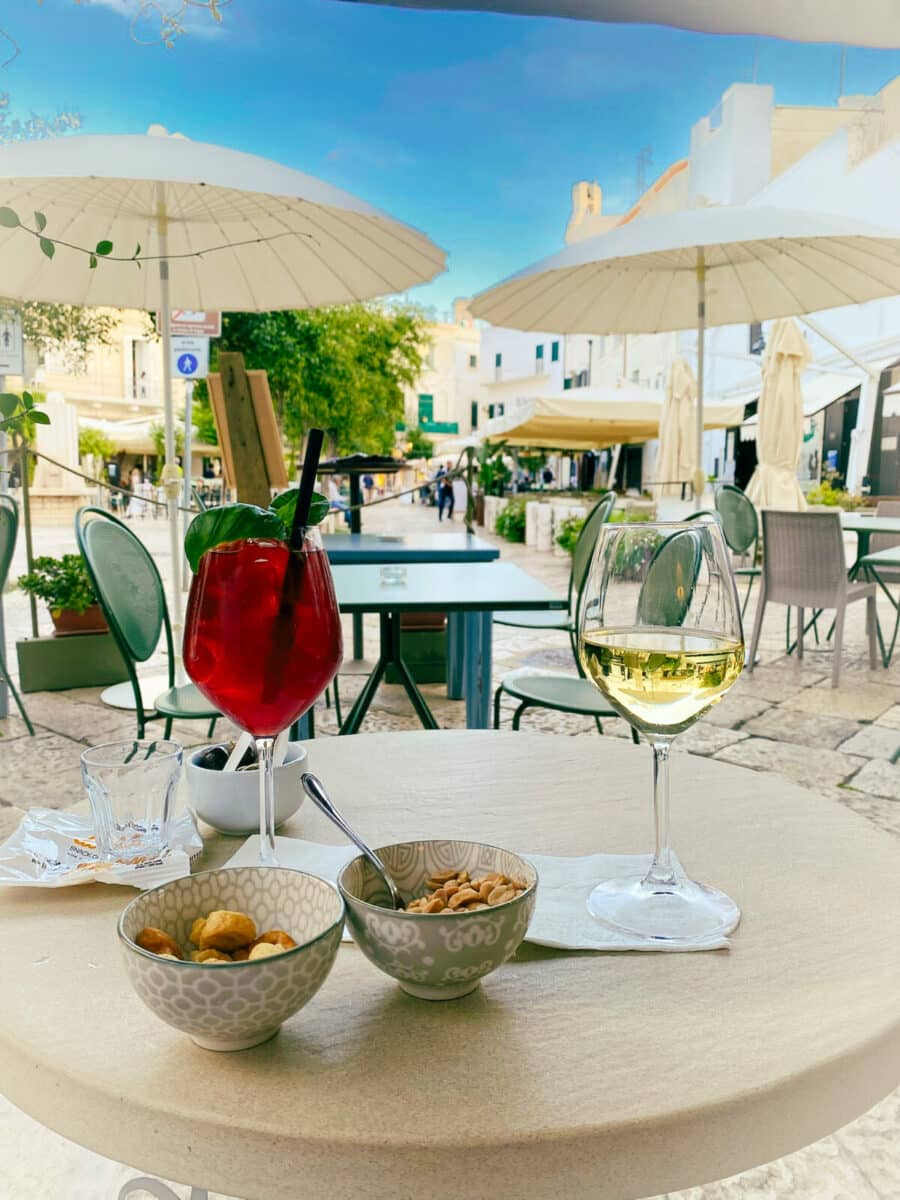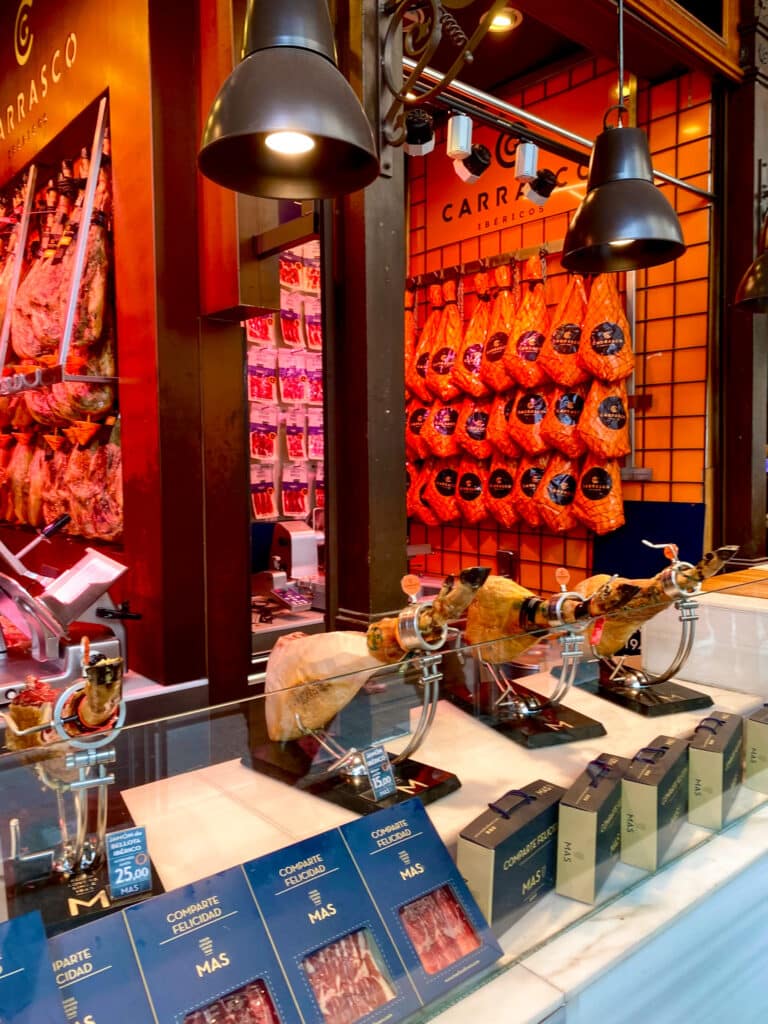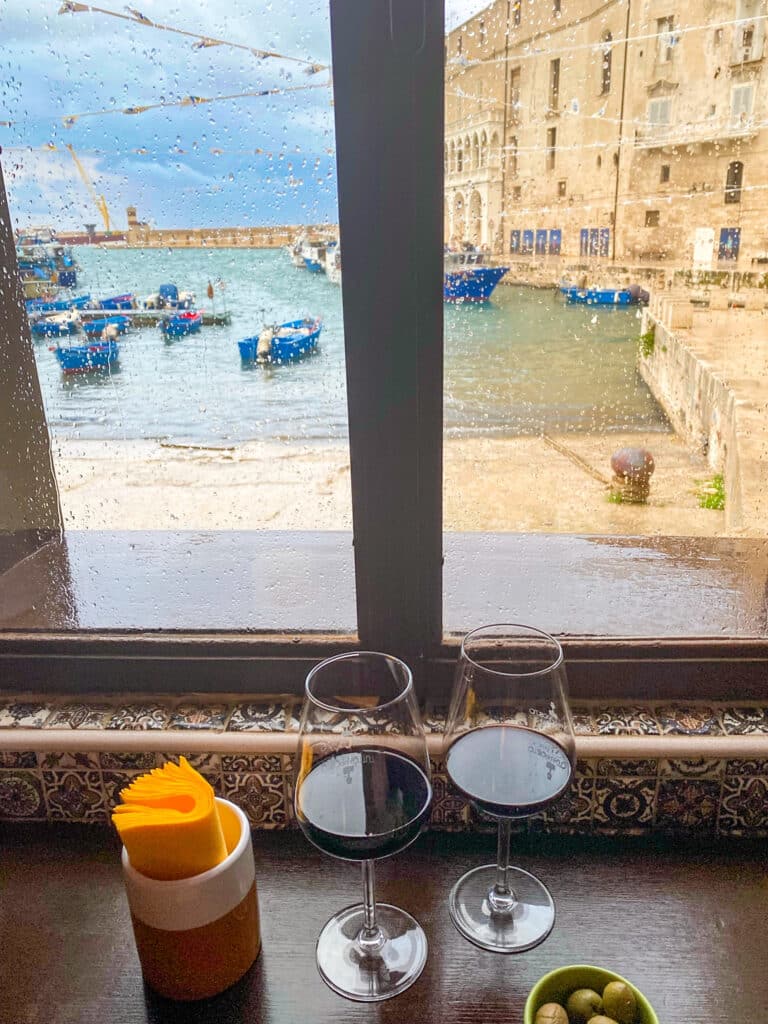What is Aperitif Culture? A Beginner’s Guide to the Italian Aperitif

One of the best parts of traveling is getting to experience other cultures. Of all of the European and Italian traditions, aperitif culture has to be one of the best. So what is aperitif culture? Aperitif culture is an integral part of the Italian social hour, and once you experience it, it’s easy to see why. You’ll likely want to incorporate this ritual into your own life, so read along for a beginner’s guide to Italian aperitif.
What is an aperitif?
An aperitif, or aperitivo in Italian, is a drink and snack before dinner to prepare the palate and awaken the appetite.
The word aperitif comes from the Latin verb aperire, which means “to open.” The aperitif originated in 1786. Antonio Benedetto Carpano, the creator of one beverage typical of aperitif, Vermouth liquor, said that he invented Vermouth to stimulate the appetite and open the taste buds.
Aperitif drinks are usually low in alcohol. Aperitif culture is not about drinking, it’s about connection. Traditional aperitif in Italy is easy to find at a restaurant or bar. Once you order, you’ll be brought food or you’ll be able to visit the buffet. This will vary depending on where you go. You don’t have to order alcohol, but you do have to order a drink in order to get food or access to the buffet.
Italians eat dinner late, around 9pm, so they use this time to slow down and enjoy food and drinks with friends and family to hold them over and prepare them for dinner. It’s similar to happy hour, but there’s no discount or deal that goes along with it–even though aperitifs in Europe are usually very affordable! Aperitifs are inexpensive unless you’re at a posh bar or 5-star hotel, think 10 euros or so. Now that you know what an aperitif is, let’s talk more yummy details.
What is aperitif culture?
Simply put, aperitif culture is indulging mindfully in good food and drinks with loved ones. It’s a culture that focuses on connection and slowing down to enjoy the smaller things in life-like making time to have a spritz with friends.
What is a good example of an aperitif?
Aperitifs tend to be drinks low in alcohol that are bitter and dry. Drinks include campari, amaros and bitters, prosecco, vermouths, dry wine, and my favorite–a spritz! Italian aperitifs are known for their complex flavors and enticing colors like bright orange and deep red (think campari and aperol).

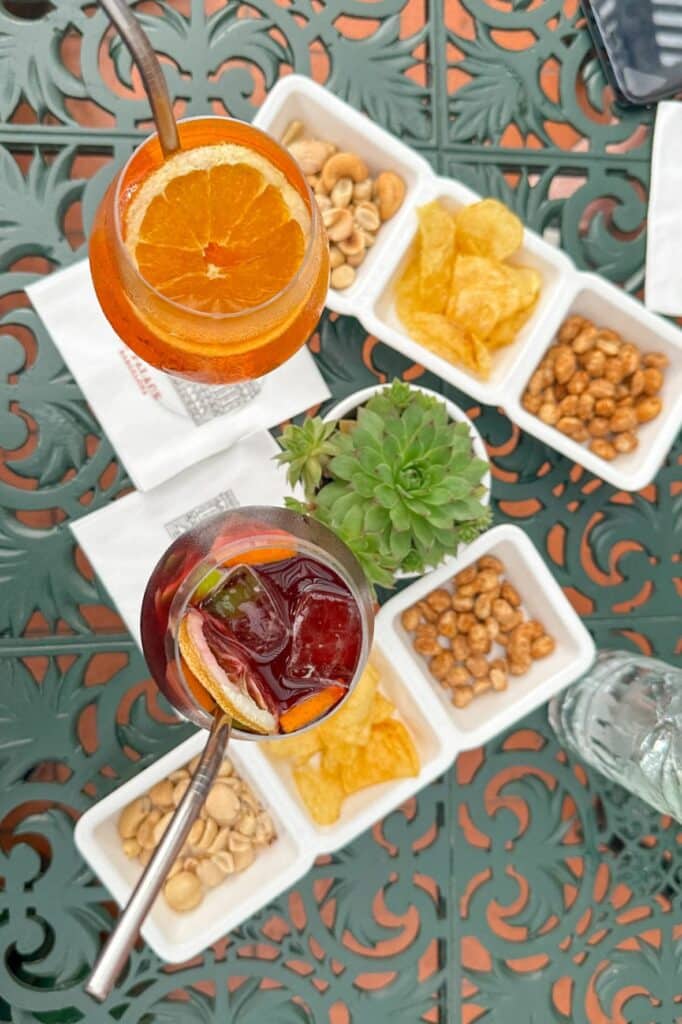
An aperitif is incomplete without its culinary companions. These drinks are usually served with snacks–like olives, crackers, meat, and cheeses. This aligns with the primary goal of an aperitif: to prepare the palate for the meal ahead, not to satiate hunger. It’s a fine balance that the Italians have mastered exquisitely, providing just enough to tantalize without curbing the appetite for the forthcoming dinner.
Why are aperitifs an Integral part of Italian social hour?
Italian aperitif culture is more than just a culinary tradition; it is an iconic social activity deeply embedded in the country’s lifestyle, often described as an embodiment of “la dolce vita”—or what Italians call the sweet life. In the book Spritz by Talia Baiocchi and Leslie Pariseau, they say the spritz (probably one of the most popular aperitif drinks) is “a mantra, an attitude, and a state of being.”
Aperitif culture is synonymous with social connection, a reflection of Italy’s hospitality and the emphasis Italians put on food.
It’s a time to sit down, unwind, relax, and engage in conversation, building human connection and slowing down to enjoy the company of friends and family. Italians utilize this time to transition from the demands of the day to the pleasures of the evening. For the Italians, aperitifs are a ritual.

Why aperitif culture is part of a la dolce vita lifestyle:
Aperitifs are just one of the ways Italians enjoy la dolce vita. It’s a time when they deliberately slow down. La dolce vita is about mindfully and deliberately enjoying time, company, food, and life. Aperitifs are the perfect combination of all of these things and a quintessential Italian tradition.
A beginner’s guide into incorporating aperitif culture into your life:
Now that you know what aperitif culture is, are you ready to integrate aperitif culture into your daily life?
Incorporating aperitif culture into your life is a structured way to enjoy life. It’s a way to intentionally slow down. It’s not about drink culture, but about how important connection is to our wellbeing and mental health.
So where to start?
Sunday evenings are usually a good time to start with an aperitif at home. Since Sundays tend to be days of leisure and family, it’s a great time to incorporate this Italian ritual into your life. Try planning a social hour with no sports, no tv, and no phones with your friends and family. Enjoy slowing down and making meaningful connections. Unlike a get together to watch a movie or sports, make the conversation the theme of the get together. You can even make it a game and come up with talking points and questions to break the ice.
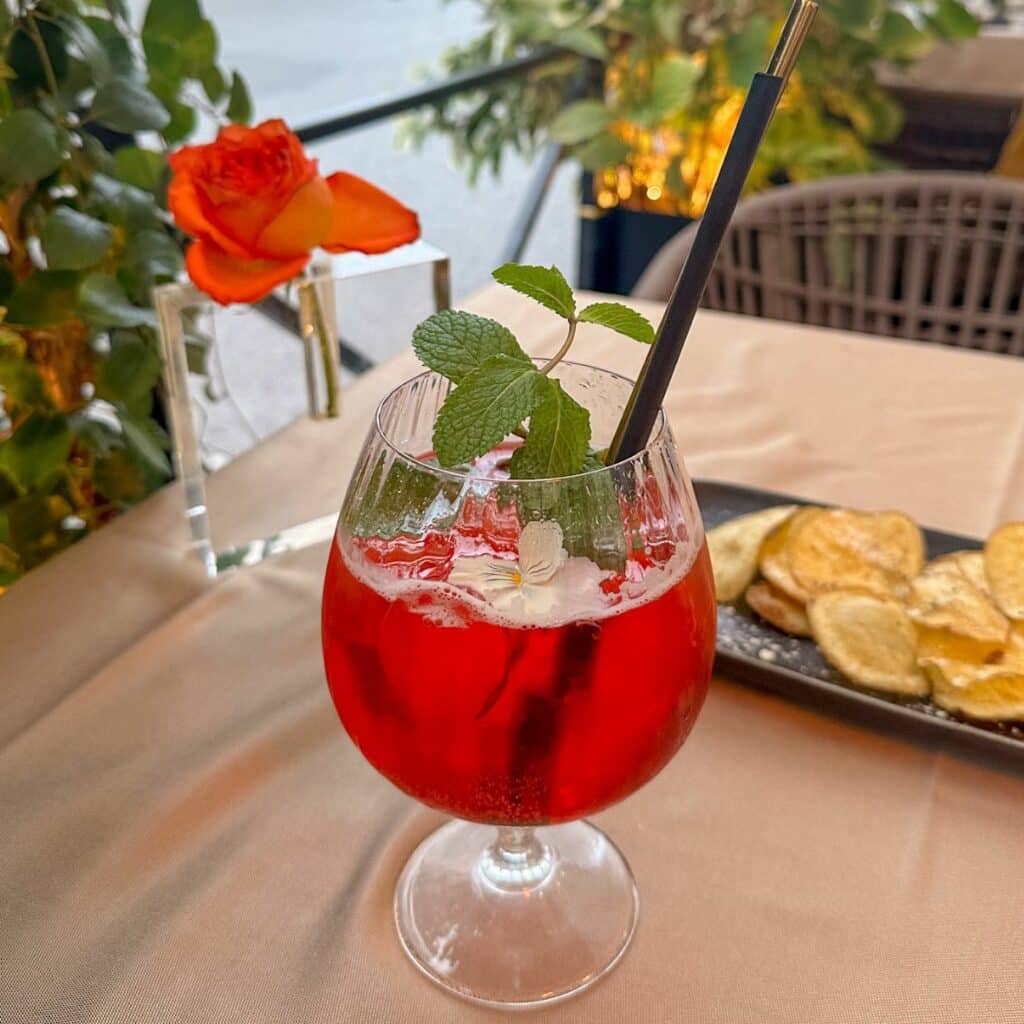

What to eat and drink:
Digestifs and light bites are the way to go! For drinks, pick vermouth, wine, spritzes, sherry, amaro, prosecco, and digestifs. You can always work your way up to having a full aperitif bar by building your collection every time you host. If you’d like a stronger cocktail than a typical aperitif, try a negroni–the classic Italian cocktail!
For food, think of a charcuterie board. Good options are meats, cheese, bread, olives, nuts, and crackers. Just small bites and not huge portions. The point is to hold you over for dinner, not to be a meal. If you’re looking for a great recipe book for drinks and snacks, check out Aperitif by Rebekah Peppler.
So you know what aperitif culture is; it’s time to dive in!

In no time, you’ll be enjoying this Italian social hour and living la dolce vita. After all, shouldn’t every day be spritz Sunday? Cheers!
Want to read more on la dolce vita? Click here to read Why You Should Be Living La Dolce Vita Lifestyle to learn more ways to live like an Italian.

